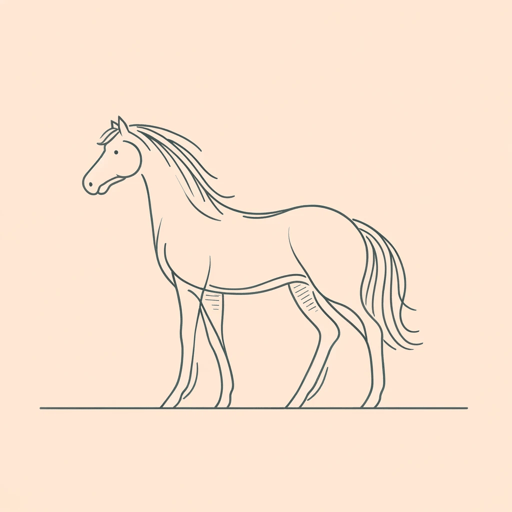50 pages • 1 hour read
Zora Neale HurstonTell My Horse: Voodoo and Life in Haiti and Jamaica
Nonfiction | Book | Adult | Published in 1938A modern alternative to SparkNotes and CliffsNotes, SuperSummary offers high-quality Study Guides with detailed chapter summaries and analysis of major themes, characters, and more.
Summary and Study Guide
Overview
Tell My Horse: Voodoo and Life in Haiti and Jamaica (1938) is a nonfiction work written by Zora Neale Hurston (1891-1960). Tell My Horse is a rich literary exploration of African diasporic culture and customs in the Caribbean with a particular focus on Haitian Voodoo practices, drawn from Hurston’s own experiences in Jamaica and Haiti. This ethnographic work combines the genres of travel literature and anthropological study, delving into themes such as Rituals and Beliefs of Voodoo, Power Inequalities and Discrimination in Caribbean Societies, and Blurred Lines Between Truth and Fiction. Hurston is best known for her contributions to African American literature and anthropology. She was a prominent figure in the Harlem Renaissance cultural movement.
This guide uses the 2008 Harper Collings e-book edition and follows the spelling conventions laid out by Hurston.
Content Warning: The source material features depictions of sexual abuse, child and animal abuse, homophobia, and sexist and racial discrimination. Additionally, the source material uses outdated, offensive terms for people of color throughout, which is replicated in this guide only in direct quotes from the source material.
Summary
The first part of Tell My Horse focusses on Hurston’s fieldwork in Jamaica. She introduces the island through a description of its folk religion “Pocomania,” and provides an account of racial inequalities in its society. The vast majority of the population are Black or mixed race, but power and privilege are concentrated in the hands of the white elite, leading many to shun their black roots and African heritage. She also discusses gender politics in Jamaica, explaining how women are expected to submit themselves to men as objects of love, but have little recourse to protect themselves against abuse or accusations of impurity.
Hurston describes a range of experiences and ceremonies that she either observed or participated in, including a dangerous hunting excursion with the Maroons of Accompong, a traditional wedding, and several religious celebrations. She learns much about folklore and traditional magic from a medicine man and participates in funeral rites to quiet a malevolent spirit of the deceased.
Hurston presents Haiti as a nation synonymous with the suffering of its Black inhabitants, divided in two by successive dichotomous power dynamics. She discusses characteristics of Haitian society as a whole, describing a widespread culture of petty lies and blatant but accepted falsehoods, and a warm people capable of great unconscious cruelty. Hurston purports that the period of Haiti’s independence from colonial rule was characterized by political turmoil, violence, and revolutions, and goes on to provide an overview of several recent episodes in Haiti’s turbulent history. She recounts how President Simon was helped to power by his daughter Celestina, a Voodoo priestess, while another chapter explores the rumors surrounding the violent death of President Leconte.
Hurston describes the 1915 massacre of political prisoners that saw President Sam lynched and the USA stepping in to occupy Haiti for almost two decades. Hurston sees this recent occupation of Haiti by the USA as the dawning of a new hopeful era of peace and potential prosperity for the nation. Her hope for Haiti’s future lies with the new generation of motivated and educated young men who are beginning to shake off the bad political habits of their corrupt predecessors, to seek meaningful equality, and to find pride in their Haitian identity.
The third and final part of Tell My Horse is dedicated to Hurston’s experiences in Haiti and to the Haitian religion of Voodoo. Voodoo has a vast pantheon of gods or “loa” divided into family groups and categorized as either “Rada” (good) or “Petra” (evil). Voodoo practitioners use images of Catholic saints to represent different loa, many of which are based on West African deities, and follow particular rites and rituals to worship different gods. Hougan and mambos, Voodoo priests and priestesses, undergo lengthy training and rituals in order to come to their power as religious leaders, and more rites are required to recoup their powers upon their death. Hurston describes some of these ceremonies that she observed. She also provides an overview of some significant Voodoo deities, such as the leaders of the Rada and Petra loa, the goddess of love, and the peasant-god whose habit of possessing worshipers and “riding” them to tell the unvarnished truth is the origin of the book’s title.
In addition to recounting her time among various Voodoo priests and priestesses, and the usual Voodoo ceremonies involving elements such as animal sacrifice, possession, and dancing, Hurston also explores the more taboo side of Voodoo. The Secte Rouge secret society supposedly deals in murder, human sacrifice, and cannibalism as a matter of course. Poisons are widely used, and zombies are a real concern for much of the population. Hurston describes her own encounter with a zombie in a Port-au-Prince asylum and explores the process of their creation. She closes the book with a folk tale explaining how Guinea came to be the earthly origin of dance and music.
Related Titles
By Zora Neale Hurston
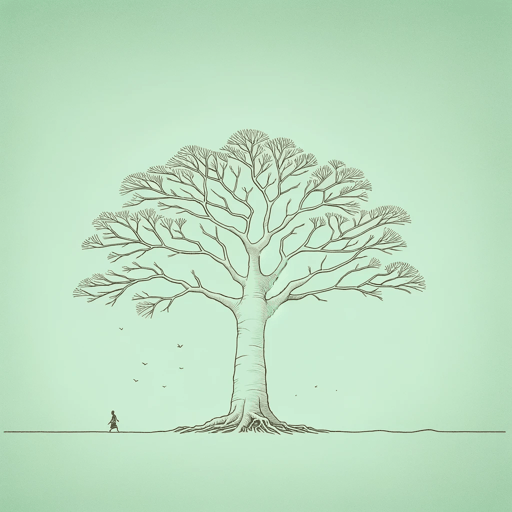
Barracoon: The Story of the Last "Black Cargo"
Zora Neale Hurston

Drenched in Light
Zora Neale Hurston

Dust Tracks on a Road
Zora Neale Hurston

Hitting a Straight Lick with a Crooked Stick
Zora Neale Hurston

How It Feels To Be Colored Me
Zora Neale Hurston

Jonah's Gourd Vine
Zora Neale Hurston

Moses, Man of the Mountain
Zora Neale Hurston

Mule Bone: A Comedy of Negro Life
Langston Hughes, Zora Neale Hurston
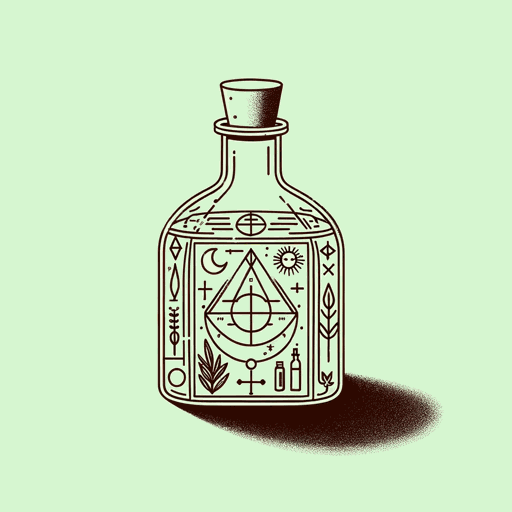
Mules and Men
Zora Neale Hurston

Seraph on the Suwanee
Zora Neale Hurston

Spunk
Zora Neale Hurston
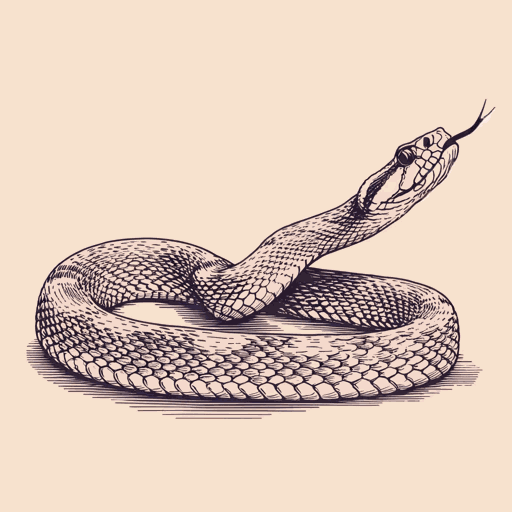
Sweat
Zora Neale Hurston

The Eatonville Anthology
Zora Neale Hurston
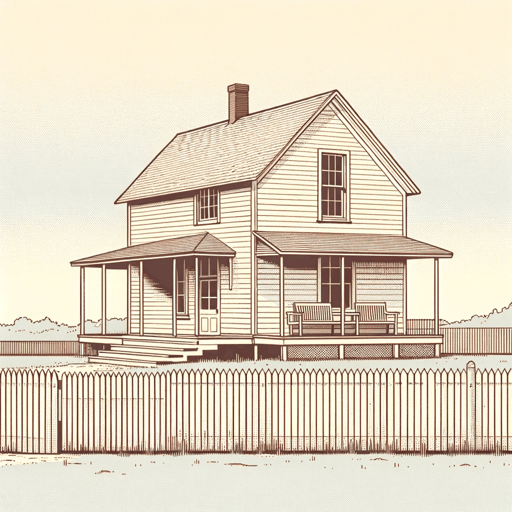
The Gilded Six-Bits
Zora Neale Hurston
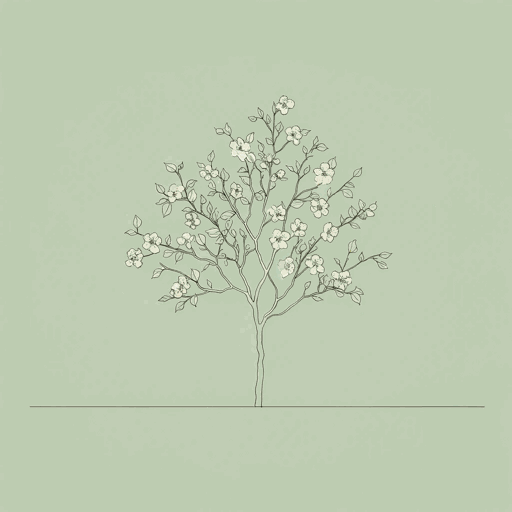
Their Eyes Were Watching God
Zora Neale Hurston
